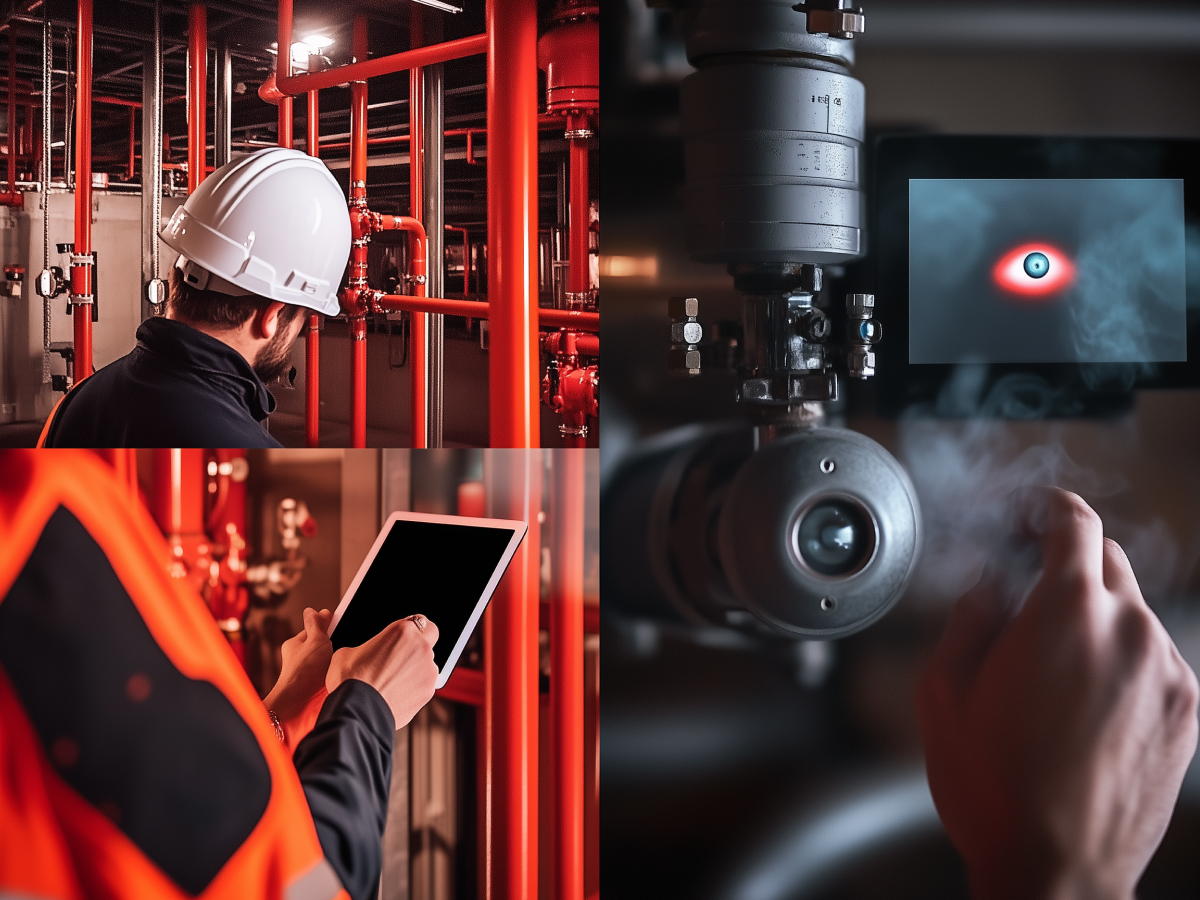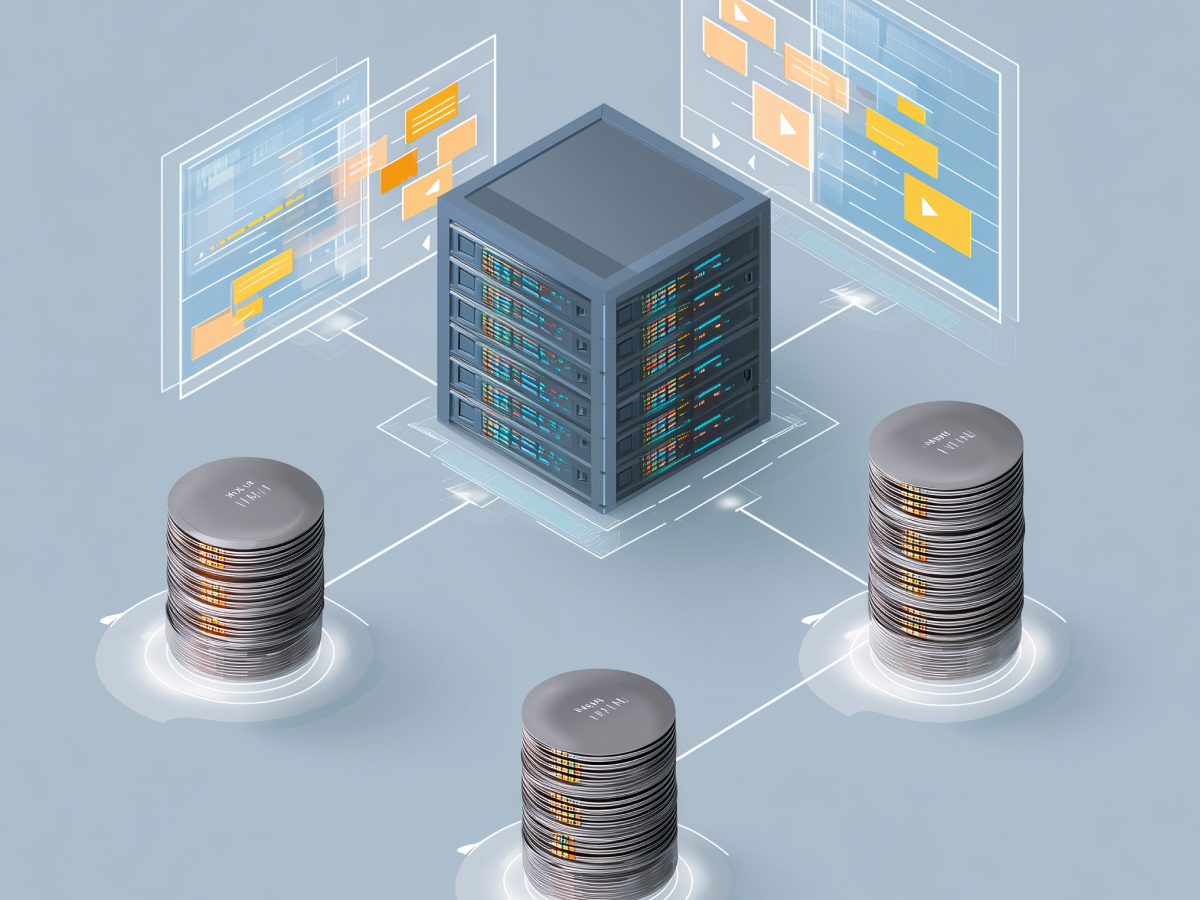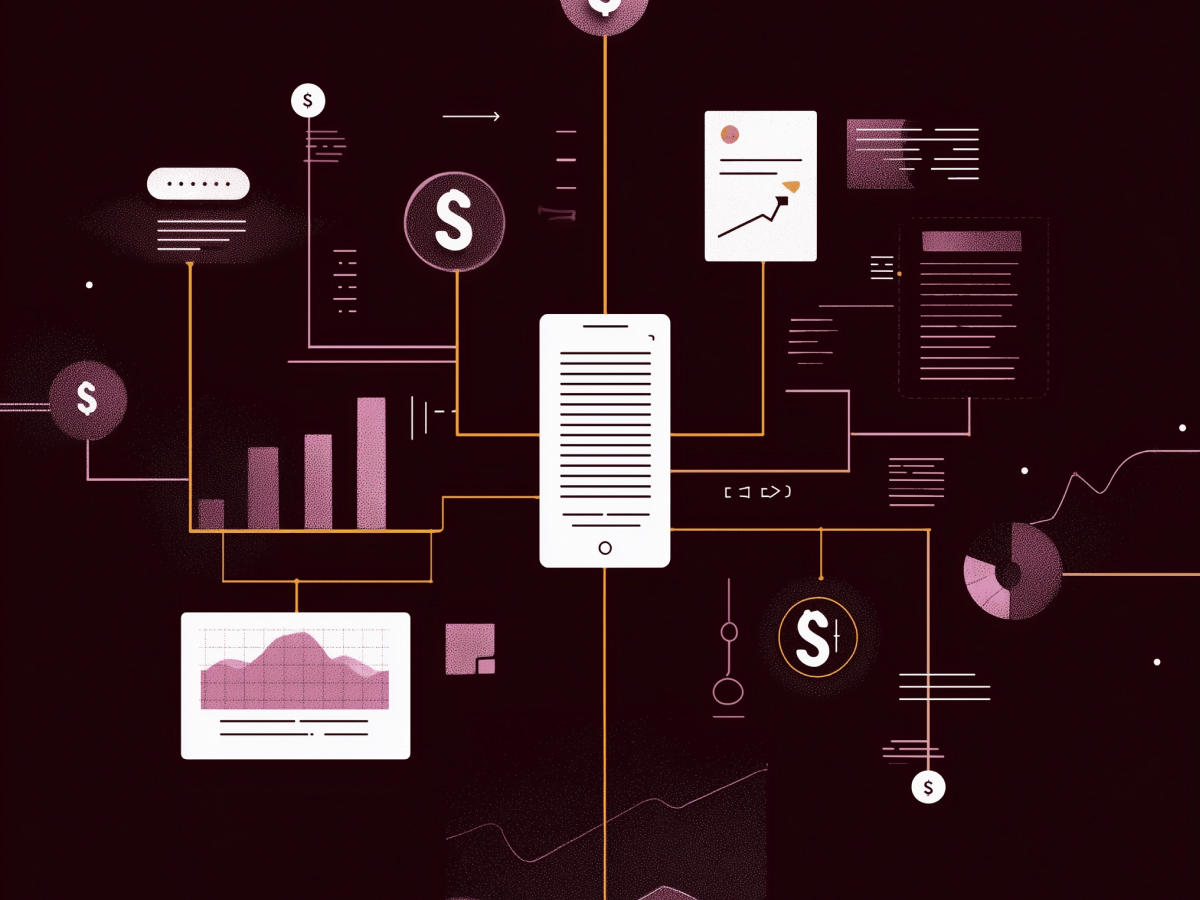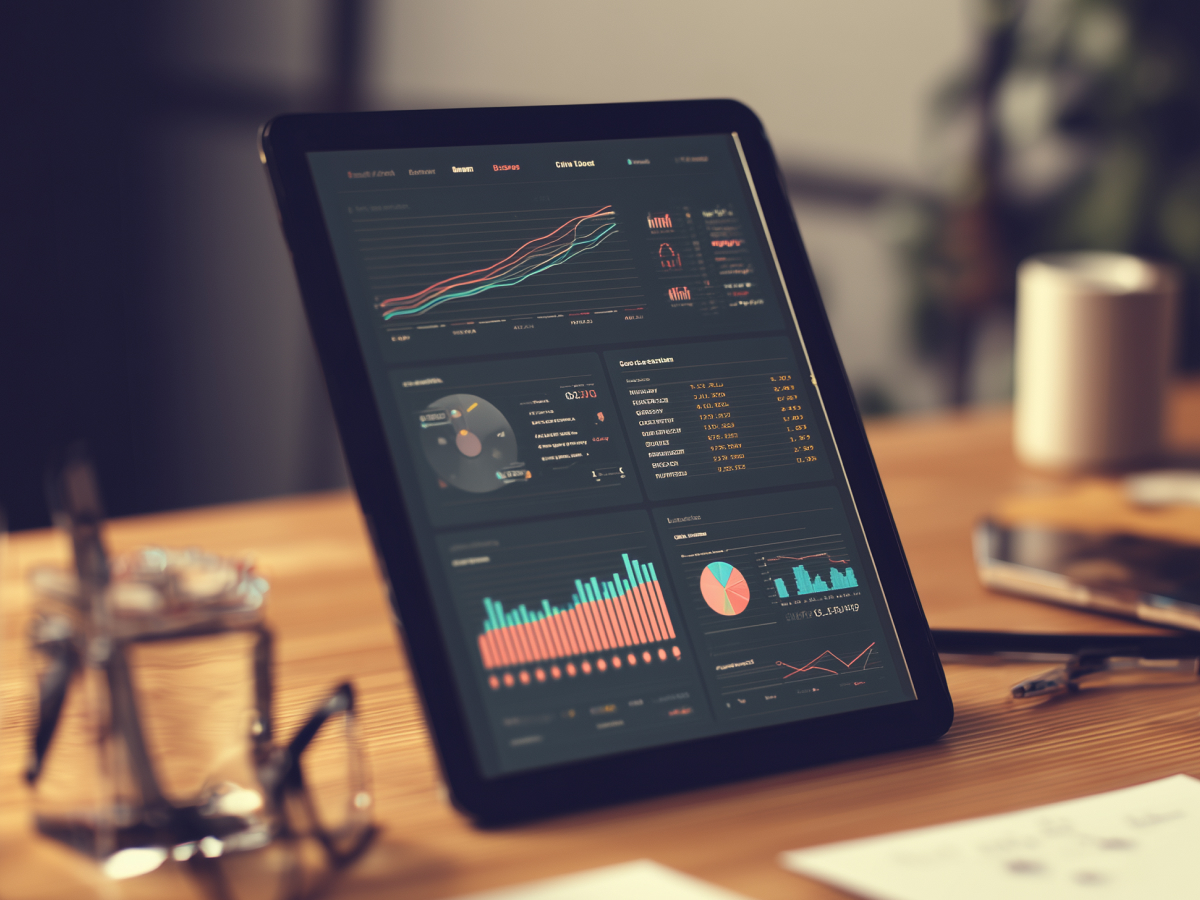Fire safety is being revolutionized by technology
Fire safety has gone beyond installing smoke detectors and fire alarms, and is using technology to stay ahead of potential risks. Traditional methods relied on manual inspections, which, let’s be honest, were slow, error-prone, and outdated. Fire risk assessment software changes this entirely, automating these processes, taking fire safety from reactive to proactive.
This software uses technologies like artificial intelligence (AI) and predictive analytics to analyze data and identify patterns. Imagine a system that responds to fire alarms and can predict potential risks based on equipment performance or building usage patterns. That’s the power of automation and real-time data.
What makes this even more compelling is how seamlessly it integrates into modern smart buildings. Fire safety is part of a bigger ecosystem. The software links with other systems like energy management, air quality monitoring, and even renewable energy sources like solar panels.
Why fire risk assessment software matters for business efficiency
Let’s talk about time and precision, two things every executive values. Fire risk assessment software saves you both. With automation, tasks that used to take days (like inspections, compliance reviews, and reporting) can now be done in hours. That’s time you can redirect toward growing your business or optimizing operations.
The precision this software delivers is equally impressive. Through leveraging advanced data analytics, it eliminates human error, which has historically been a weak point in fire safety. Sensors and smart systems provide real-time monitoring, meaning you’re always aware of what’s happening in your building. Think of it as having a 24/7 fire safety expert on call.
Collaboration is another big win here. Cloud-based platforms make it easy for teams to share updates, track compliance, and integrate fire safety with broader building management systems.
“It’s like giving your entire team a shared dashboard where everyone’s on the same page. That level of coordination is critical for maintaining safety at scale.”
Modernizing construction with proactive fire safety
The construction industry is catching up to the future, and fire safety is no exception. One of the most impactful changes is the integration of fire safety into Building Information Modeling (BIM). BIM is essentially a digital blueprint of your building that includes every detail, from materials to fire suppression systems. With BIM, you can address fire safety risks before a single brick is laid.
Another concept gaining traction is the “golden thread.” Think of it as the digital DNA of your building, storing all fire safety data from design to demolition. This makes sure every decision made during construction and operation is informed by accurate, up-to-date safety information. It’s a proactive, long-term strategy that keeps your building compliant and safe.
Smart technology is also stepping up in ways we couldn’t have imagined a decade ago. Systems now integrate fire detection with energy use, air quality, and even security. During a fire, these interconnected systems can take action. They alert occupants, activate fire suppression, and even adjust building systems to prioritize safety. The focus here is on preventing fires and protecting people before it ever gets to that point.
“Embed fire risk assessment software into construction and operations to build safer structures and set new standards for efficiency, sustainability, and innovation. That’s exactly where the industry needs to go.”
Smart buildings and fire safety as a unified system
Smart buildings are more than automated lighting and temperature controls. They’re ecosystems where every system works together. Fire safety has become a core part of this integration. Today, fire detection systems interact with air quality monitors, energy management systems, and even security platforms. This interconnectedness ensures a cohesive response to any incident, reducing risks and improving overall safety.
For example, during a fire, a smart building system activates fire suppression mechanisms, adjusts energy usage to prioritize emergency systems, and sends targeted alerts to occupants. These systems are designed to minimize chaos, save lives, and limit damage. From a business perspective, this kind of integration also streamlines resource management and reduces operational disruptions.
Fire safety software aligns with practices like optimizing natural light and integrating renewable energy. By doing so, smart buildings achieve both environmental and operational efficiency without compromising occupant safety.
Overcoming challenges in fire risk assessment software adoption
Adopting fire risk assessment software comes with challenges. But like most investments, the benefits far outweigh the costs when approached strategically. One of the most common hurdles is the initial financial outlay. Acquiring software licenses, upgrading systems, and integrating new tools with existing infrastructure can strain budgets, especially for smaller companies. However, the long-term payoff—through enhanced safety, reduced fire incidents, and operational savings—makes it worthwhile.
Another obstacle is resistance to change. Transitioning from manual processes to automated systems requires training and, more importantly, a shift in mindset. Companies that invest in robust training programs and foster a culture of innovation are the ones that get the most out of these tools.
Then there’s the issue of data security. Fire risk assessment software collects and stores sensitive information about building operations, which means robust cybersecurity measures are a must. Encryption, multi-factor authentication, and regular audits should be standard practice.
Finally, keeping up with evolving regulations and ensuring compatibility with legacy systems can add complexity, but partnering with experienced software providers can make these challenges manageable.
The next frontier in fire safety
The future of fire safety is as much about innovation as it is about integration. Two technologies stand out here: Artificial Intelligence (AI) and the Internet of Things (IoT). AI is already proving its value by analyzing massive amounts of data to identify risks that human inspectors might miss. For instance, it can monitor energy consumption and detect anomalies that signal potential fire hazards, like overheating equipment.
IoT takes this to the next level by connecting every device in your building. Think smart smoke detectors, real-time fire alarms, and energy management systems all feeding data into a central platform. This interconnected web of devices provides instant alerts, enabling faster responses and even predictive maintenance to ensure safety systems remain functional.
Another exciting development is the alignment of fire safety with sustainable building practices. Systems now integrate with renewable energy sources like solar panels and optimize energy efficiency while maintaining high safety standards. Global standards for integrating these technologies are also emerging, which will make adoption smoother and more accessible across industries.
“The future of fire safety is proactive, connected, and sustainable, driven by the push to create intelligent environments where technology, safety, and efficiency work together seamlessly.”
Key takeaways for decision-makers
- Enhancing fire safety through technology: Fire risk software uses AI and predictive analytics to identify and prevent hazards, boosting safety and efficiency. Decision-makers should adopt these tools to reduce errors, simplify compliance, and integrate with smart building systems.
- Integration with smart building systems: Smart buildings unify systems like fire detection, energy management, and air quality monitoring for seamless safety. Decision-makers should prioritize software integration to enhance real-time response and sustainability.
- Overcoming adoption challenges: Upfront costs, training, and system integration are hurdles, but long-term savings and compliance benefits outweigh them. Phased adoption and workforce training ensure smoother implementation.
- Future-proofing with emerging technologies: AI, IoT, and renewable energy are driving smarter, more sustainable fire safety. Businesses should act now to adopt these innovations and stay ahead of evolving standards.





